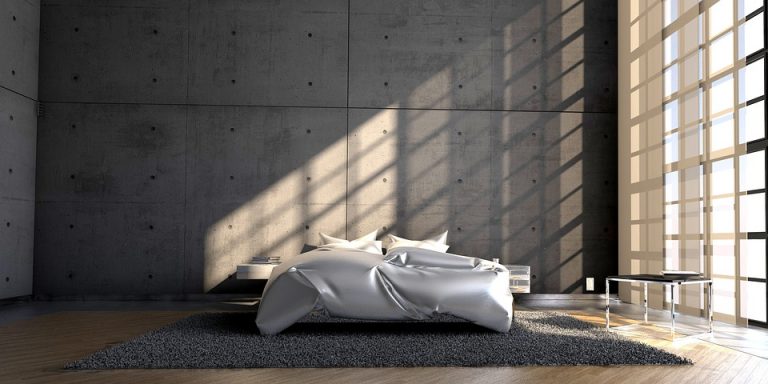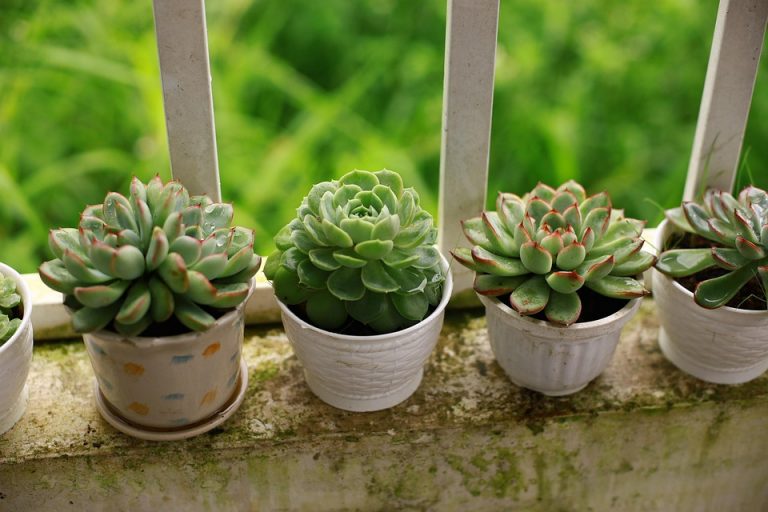Contents
- Minimalist Home Ideas: What They Are And Why They Matter
- 7 Minimalist Home Ideas For Small Spaces
- Research And Expert Tips That Back These Moves
- How To Start This Weekend: A Practical Checklist
- Common Small-Space Mistakes To Avoid
- Bottom Line
- FAQ
Minimalist Home Ideas: What They Are And Why They Matter
Minimalist home ideas are small, intentional choices that make your space feel bigger, calmer, and more livable.
They’re not about cold rooms or expensive labels. They’re about letting your home do what homes should: shelter you, restore you, and make daily life easier.
You’ll read practical moves, design truths, and real-world tips that you can use this weekend. Across every suggestion, the promise is the same: minimalist home ideas can turn tight footprints into calm sanctuaries you actually want to come home to.
7 Minimalist Home Ideas For Small Spaces
Choose Multi-Functional Furniture
Your furniture should work as hard as you do. A sofa that becomes a bed, a dining table that hides a desk—these are simple ways to win square footage without demolition.
When you pick pieces that do double duty, you remove the need for duplicates. That means fewer objects, fewer decisions, and a cleaner sightline. A well-chosen ottoman with storage gives you seating and a place to stash blankets. A sleek console can hold keys, mail, and a laptop without screaming “clutter.”
Interior designers and product experts note that multifunction pieces are the backbone of small-space success. Choose quality over quantity—one great piece is better than three okay ones.
Use Vertical Storage To Free Floor Space
If you can’t expand outward, build up. Tall shelving, wall-mounted cabinets, and pegboards keep things off the floor and make the room read taller and airier.
Measure the height of your ceilings and invest in shelving that reaches it. Add baskets and labeled boxes so storage looks intentional instead of chaotic. This is one of the most reliable minimalist home ideas for turning cramped rooms into clean corridors of usable space.
A study of small apartments found that vertical solutions significantly improve perceived spaciousness and functionality—so this is design with actual, measurable benefit.
Let Light And Mirrors Work For You
Natural light expands a room. Mirrors reflect that light and literally double your view. Hang one large mirror opposite a window or use a cluster of small mirrors to add depth.
Keep window dressings minimal. Sheer panels or a single roller shade gives privacy without blocking daylight. For evenings, layer ambient and task lighting rather than relying on a single bright fixture. Strategic lighting is one of the smartest minimalist home ideas: it makes every surface sing and hides nothing it shouldn’t.
Limit The Palette, Amplify Calm
A restrained color palette is the fastest way to make a small room feel cohesive. Pick two main colors and one accent. Use texture—wool, linen, wood—so the space feels layered, not flat.
Monochrome walls with one colorful cushion or an artwork creates a focal point without visual clutter. This is minimalism with heart: it’s not about white rooms only, it’s about coherence that calms your nervous system.
Curate Displays With Intention
A few cherished objects look better than many forgotten ones. Pick three to five items you love for open shelves. Rotate them seasonally. Treat display like a collection, not storage.
This approach makes cleaning faster and decisions easier. When every visible object earns its place, your home tells a story instead of screaming a list of chores. Curated displays are one of the gentlest, most personal minimalist home ideas you can practice.
Create Hidden Zones For Visual Calm
Hide functional clutter. Use furniture with concealed storage, tuck appliances behind cabinet doors, and use woven bins under benches. When tasks and devices are out of sight, the room immediately reads calmer.
Think of your home as an editorial layout: pages with breathing room are easier to read. Concealing necessities doesn’t mean denying them; it means managing how they show up in your life.
Practice Mindful Decluttering With Rules That Work
Decluttering feels overwhelming when you stare at every single thing. Make rules that move you forward: keep only what you use weekly, keep only what sparks daily joy, or keep one sentimental item per shelf.
Set a timer for 15-minute sessions. Donate or sell items you haven’t used in a year. You’ll gain not only space but mental clarity. Behavioral scientists show that small, consistent actions beat giant, rare purges—so make decluttering a habit, not a heroic act. This is the heart of minimalist home ideas: slow, steady, and sustainable.
Design Flow: Arrange For Movement
Plan pathways through rooms. You should be able to walk from seating to storage without weaving. Avoid placing bulky items in high-traffic zones.
Rugs can anchor zones but make sure they don’t fragment a small space. Instead of many tiny rugs, choose one that holds a grouping. This keeps movement natural and the room feeling expansive.
Quick Weekend Upgrades
- Replace heavy curtains with simple shades.
- Swap cabinet knobs for a consistent finish.
- Add a single statement plant to bring life without chaos.
These small edits are fast, inexpensive, and pack big visual returns—classic minimalist home ideas that don’t require a plan or permit.
Research And Expert Tips That Back These Moves
You deserve facts, not feelings alone. Research published in journals of environmental psychology links clutter with higher stress and poorer focus, which supports the move toward clear space. Harvard Health explains how chaotic surroundings can increase cortisol and impact sleep quality. Decluttering and optimizing space are not aesthetic acts only—they’re health-forward decisions.
Design experts at university extension programs recommend measuring before buying, investing in multi-use items, and prioritizing natural light—practical advice that aligns with the ideas above. When design choices have scientific backing and expert consensus, you sleep better and live smarter.
How To Start This Weekend: A Practical Checklist
- Clear a 30-minute zone: choose a table, a shelf, or a single drawer. Remove everything, sort into keep/donate/repair, and put back only the keep items.
- Measure and map: get a tape measure and sketch your main room. Note where light falls and where traffic runs.
- Pick one multifunction piece to replace two items (a lift-top coffee table, a fold-out desk).
- Add one vertical storage unit or high shelf. Install it in an afternoon.
- Swap two heavy textiles (curtains, rug) for lighter alternatives to instantly brighten the space.
These steps are low friction and high impact. You don’t need to redo everything—just pick one action and follow through.
Common Small-Space Mistakes To Avoid
- Buying tiny furniture because “smaller fits”—this can create awkward scale and reduce comfort.
- Hiding everything behind closed doors so the room loses personality. Minimalism should be warm, not sterile.
- Waiting for the perfect moment. The best time to start is when you decide enough is enough.
These mistakes are common because they make sense in the moment. Name them, fix them, and keep going.
Bottom Line
Minimalist home ideas help you live with less friction and more joy. They are practical, evidence-backed choices that make small spaces function like bigger ones. Start with one multi-functional piece, insist on vertical storage, and let light lead the way. When you curate with intention, your home becomes a tool for rest and meaning, not another chore.
Be bold, be kind to yourself, and make the small changes that add up.
FAQ
How Do I Choose What To Keep?
Choose items that you use weekly, items that support a hobby you regularly practice, and items that genuinely add emotional value. If it fails all three, it’s okay to let it go.
Can Minimalism Work With Kids?
Yes. Use labeled bins, rotate toys, and create clear storage at kid height. Teach simple rules: three toys out, two away. Structure supports freedom.
Do I Need To Replace All My Furniture?
No. Start by editing what you have. Replace pieces selectively—one multifunction item at a time. Quality choices over wholesale swaps.
How Long Will It Take To See Results?
You’ll notice calmer surfaces and faster cleaning within a weekend. Deeper behavioral shifts happen in weeks. Small, consistent changes compound.
References
The National Institutes of Health provides research on the relationship between clutter and mental health (http://www.nih.gov/).
Harvard Health Publishing explains how environmental factors like clutter and light affect stress and sleep (http://www.health.harvard.edu/).
The Journal of Environmental Psychology publishes studies on how design and layout influence perception and cognitive function (http://www.journals.elsevier.com/journal-of-environmental-psychology).
The Environmental Protection Agency offers guidance on indoor air and daylighting strategies that improve home comfort and health (http://www.epa.gov/).
The University of California Cooperative Extension presents practical home organization and small-space living advice (http://ucanr.edu/).








